Essential system components in data networks today is the Optical Transceiver Module as it permits the sending and receiving of data to and fro over long haul and short haul distances with relative ease. In this blog, we will discuss Cisco SFP (Small Form-Factor Pluggable) modules and their contribution to the development of more scalable, dependable, and efficient networks. Readers should appreciate how these diminutive devices are aiding in the construction of resilient network infrastructures by learning about the technical specification, compatibility matrix, and use cases. This article equips network designers and upgraders alike with understanding Cisco SFP modules and the role they play in further advancing connectivity.
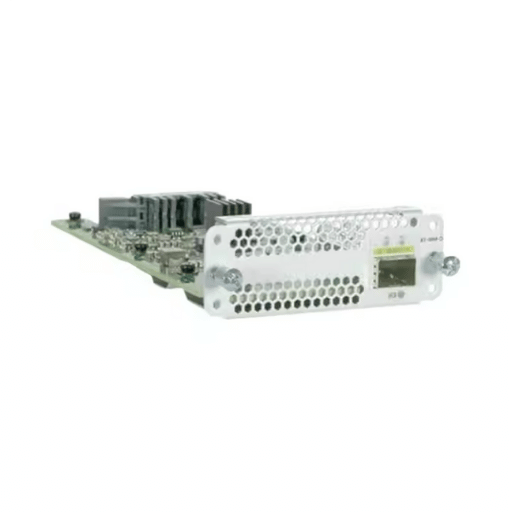
A Cisco SFP (Small Form-Factor Pluggable) module is a small, hot-swappable network transceiver that provides flexibility at the interface level for optical and copper connections. As Cisco’s SFP modules support a range of industry standards such as Ethernet, Fibre Channel, and SONET/SDH, they ensure interoperability and integration with existing infrastructure. With Cisco SFP modules providing the capability of changing port types and transmission distances without having to replace entire switches or routers, network customization becomes easier. These modules are designed for high performance, dependable Cisco networking devices, and flexible network configurations.
Transceiver modules have different specifications to fit various networking needs. Here are some important facts about these modules:
The SFP (Small Form-Factor Pluggable) module: Supports data rates up to 1 Gbps, appropriate for Gigabit Ethernet and Fiber Channel applications.
The SFP+ (Enhanced Small Form-Factor Pluggable) module: Used for networks with 10 Gbps speeds, but still supports older versions, SFP. Used in 10 Gigabit Ethernet and Data Centers.
The QSFP (Quad Small Form-Factor Pluggable) module: Has up to 40 Gbps and is mostly used at high-speed Data Centers. Advanced versions such as QSFP28 reach 100 Gbps.
Transceiver modules work on specific wavelengths which depend on their type and use:
850 nm (Short Range, Multimode Fiber) – Multimode suitable for 550 meters distance.
1310 nm (Intermediate range, Single-Mode Fiber) – Single-mode extends to 10 km accounting for various network setups.
1550 nm (Long range, Single-Modes Fiber) – Single-mode supports 40 km distance making it ideal for longhaul communications.
Multimode fiber modules support shorter distances as compared to Singe-mode fibers which support longer distances.
Numerous transceiver modules adhere to standards such as IEEE 802.3, enabling cross-vendor equipment integration. Furthermore, Cisco devices include aftermarket firmware designed to improve interoperability and tune performance within their ecosystem.
These specifications underlined transceiver modules’ adaptability and expandability that make them complementary components of networked systems such as area networks and up to large-scale data centers.
The Cisco SFP (Small Form-Factor Pluggable) modules are small-sized flexible components that can be configured for various business needs. The primary specifications and features are listed in further detail below:
Support data rates from 100Mbps to 10Gbps.
Support a range of protocols such as Ethernet, SONET/SDH, and Fibre Channel for varied use cases.
Provide options for short-range (SR) and long-range (LR) connections:
Multimode SR modules of up to 550 meters.
Single-mode LR up to 10 kilometers.
Lower 1 watt average power makes them cheaper to operate.
Multimode 850 nm and single-mode 1310 nm or 1550 nm.
Provides “Hot Swap” Capability which allows users to add or remove modules without taking the network offline.
Monitors parameters in real time, such as temperature, voltage, and optical signal strength to guarantee dependable functionality.
Fulfills MSA (Multi-Source Agreement) compliance requirements and works with other manufacturers systems while providing superior performance alongside Cisco equipment.
Alleviates rack space for switches and routers with compact size for high density deployments.
Industry divergent environmental conditions are accommodated by the robust design with greater than usual temperature ranges of the industrial grade applications.
Because of these features, Cisco SFP modules are ideal for achieving cost efficient and reliable network solutions.
Different types and configurations of Cisco SFP modules are offered in order to meet the networking needs of different clients. Here are some important attributes and features:
Obtainable data rate standards: Up to 1 Gbps
Operational range: Up to 80 km (depends on model and type of cabling)
Modes of connection: Compatibility with copper (RJ-45), multimode fiber, and single-mode fiber
Usages: Suited for businesses for auxiliary access, for uplinking data, or for metro Ethernet connections.
Obtainable data rate: Up to 10 Gbps
Operational range: Up to 40 km though specific models offer even longer ranges.
Backward compatibility: Yes, they are backward compatible with lower data rates.
Intended purpose: Specifically designed for the backbone of data networks and for environments rich in data.
Working temperature: -40°c to 85°c (-40°F to 185°F)
Environmental requirements: Compliant with Industrial Ethernet and harsh environments.
Welded material: Built for extreme environments or conditions ideal for manufacturing, utilities, and transportation sectors.
Obtainable data rate standards: Multiple options including 1 Gbps and 10 Gbps
Channel allocation: Up to 18 channels for CWDM and 40 or more for DWDM (wavelength dependant)
Operational range: Scalable for longer distances exceeding 100km in specific configurations.
Specialization: Useful for Wavelength Division Multiplexing for optimizing fiber in large-scale deployments.
Obtainable data rate: 1-10 Gbps depending on model.
Fibre Specification: A single optical fibre for transmit and receive
Advantages: Lowers infrastructure and cabling complexability.
Offering these different modules types allows Cisco to address modern networking architectures growing needs for flexibility and scalability on enterprise and industrial use cases, fulfilling both remarkably. Modules are each put through various tests to confirm compliance with the set standards of the industry, guarantees reliable performance consistently.
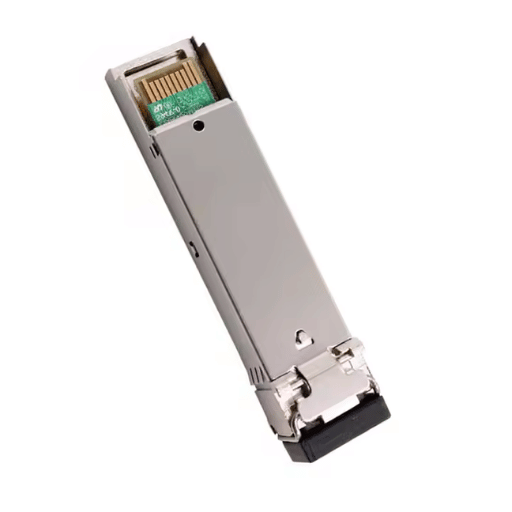
Optical transceivers have technical roles in contemporary networking systems since they accommodate the linkage of electronic devices to optical fibre communication systems. These devices function by converting electrical signals from the network devices into optical signals so that they can be sent through a fibre optic cable, and the opposite happens when receiving. Notable features include attempt to high data rates of even 400 Gbps in some models and broad inter-compatibility supported and many networking standards to ensure integration with various systems without issues. Due to technological developments, transceivers are able to maintain signal quality and reduce energy consumption at the same time, thus meeting the requirements of data centers, enterprise networks, and telecommunication infrastructure.
High speed Cisco SFP modules are made of several basic components and each is aimed at achieving best performance and reliability. Here is a summary list of main components.
A transmitter is a device that transforms electrical signals into optical signals for outbound communication. In the opposite direction for inbound communication, the receiver converts electrical signals back to optical signals.
As the receiver of light signals, the photodetector facilitates the incoming light signals, engaging them for the processing cycle as electrical signals.
The integrated PCB manages electronic components and processing diagrams, looking after proper functioning and communication between modules.
EEPROM (Electrically Erasable Programmable Read Only Memory)
This non-volatile memory component stores the critical data such as the manufacturers name, system specifications, and data fragments required for system troubleshooting.
The connector maintains physical fit with the switch or router’s SFP socket and guarantees stable electrical engagement.
These add-on features also withstand overspeed threats, while at the same time these features offer external heat protection.
This feature meets electromagnetic interference (EMI) shielding requirements and signal integrity standards for optical and electrical signals.
Through the addition of other components within the modules, Cisco SFP modules achieves perfomance and reliability standards for multi-range deployment scenario in networking equipment.
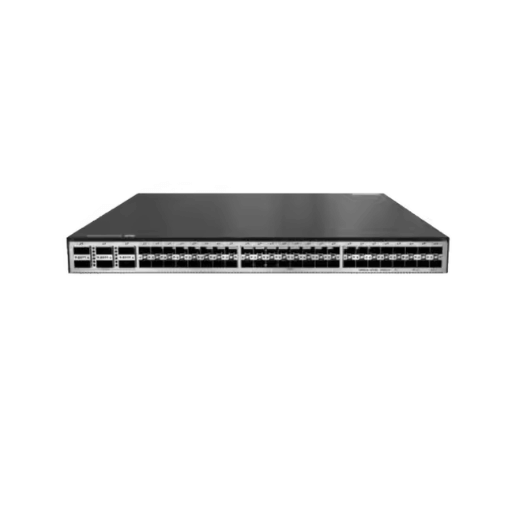
Cisco Compatible SFPs slash costs without affecting the quality of service. Industry research suggests that adapater SFP modules offered by other vendors are 50-70% cheaper compared to OEM (Original Equipment Manufacturer) modules) , enabling companies to make more out of their networking investments. Lower-cost compliant modules also meet MSA (Multi-Source Agreement) compliance standards which ensures cross-vendor compatibility as well as reliable compliance within an industry supplied standard.
In addition, Cisco Compatible SFPs use rigorous methods to certify their performance This includes compatibility testing with Cisco routers and switches, signal integrity checks, and prolonged withstand testing for heat. These modules tend to have a failure rate with Cisco OEM modules which results in network uptime. Balanced against the reliability, organizations are able to take advantage of an effective substitute to Cisco’s expensive OEM modules while sustaining dependable performance.
In order to ensure optimal performance with Cisco networks, third party modules must satisfy several key performance related requirements. Some of the most crucial include:
Alignment with Cisco’s physical and electrical interfaces for the modules, alignment with his proprietary fit and form technologies.
Endurance evaluation through long-term burn-in testing to see if the module performs under sustained operation.
The modules should be compatible with Cisco IOS and NX-OS systems at the firmware level.
In order to work with newly released versions of Cisco Software, regular updates will need to be issued.
Modules undergo testing to evaluate their performance for signal distortion or degradation over various distances and data rates. Signal Integrity.
For optimal network functionality, compliance with IEEE 802.3 standards is required.
Standard operating conditions are defined as between (0 deg C to 70 deg C) while extended ranges for industrial environments are (-40 deg C to 85 deg C) .
Thermal simulations combined with a workload dependent strain on heat dissipating components assures stable operation under various workloads.
During high-speed transmissions, data loss through integrated error correction mechanisms like FEC (Forward Error Correction) needs to be prevented.
Complying with industry-defined dwell times for specific optics like SFP or QSFP modules Tiered Power Budgeting enables enhanced energy efficiency.
Addressing the above allows deployment of third-party modules without compromising reliability or performance of the Cisco hardware components.
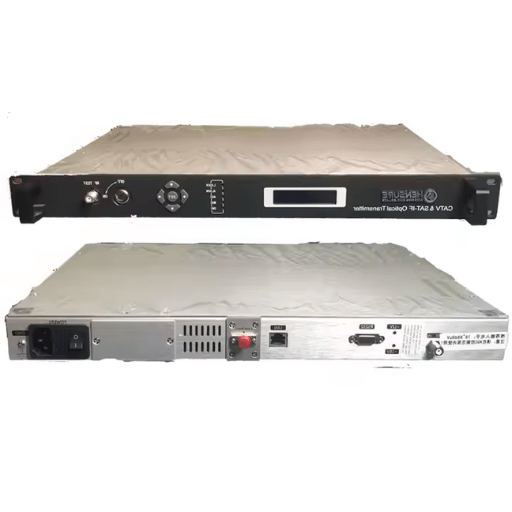
To secure the right SFP modules for your network, you need to analyze these factors to ascertain the relevance and efficiency of the SFP modules cost wise:
Confirm that the SFP module is suitable with the switches, routers, and any other networking devices you have. To avoid hindrances in operations, try checking the compatibility list or consulting the vendor who sold the hardware.
What are the distance requirements for the connection? SFP modules can be for short range e.g. multi-mode fiber or long-range like single-mode fiber. Ensuring the right type is selected helps in efficient data transmission over the distance.
Speed matching to the requirement based on throughput is important to ascertain. Options are usually 1 Gigabit (1Gbps), 10-Gigabit Ethernet(10Gbps) but in advanced networks 25Gbps, 40Gbps, and 100Gbps are also available.
Does the network operate on single-mode or multi-mode fiber need be determined first before selecting an SFP module that works on the right wavelength usually given in terms of nanometers, if 850nm, 1310nm or 1550nm.
Basing the evaluation of the SFP modules on their power consumption can be beneficial in cases of setups with high density. Low flows of energy help with lowering operational costs and less heat output guarantees long-term reliability.
Evaluating these considerations can help you choose an SFP module that meets your operational objectives and technical requirements while ensuring cost-effectiveness and the resilience of your network infrastructure.
The following list encompasses important specifications and parameters to consider when looking for optical and Ethernet parts:
Common wavelengths are 850nm, 1310nm, and 1550nm and are used for various distances and applications.
Varies based on module type and application, typically falls into one of these categories:
Short-Range (e.g., up to 500 meters with multimode fiber)
Intermediate-Range (e.g., 10km over single-mode fiber)
Long-Range (e.g., 40km or more using dense wavelength division multiplexing (DWDM))
Controlled by the receiver, measuring in dBm. Must be lower than the receiver sensitivity.
Serves as the lower limit to the minimum optical power reception which is fundamental in safeguarding the integrity of the signal.
Other examples include LC, SC, and MPO based on application density requirements.
Key options include 1Gbps, 10Gbps, 25Gbps, 40Gbps, and 100Gbps, conforming to network throughput requirements.
Standards like 1000BASE-SX, 10GBASE-LR, or 25GBASE-CR4 apply to specific speeds and mediums used.
Captured in packets per second (PPS), this metric is critical for high transaction volume applications.
Measured in microseconds (µs), this metric is essential in low-latency sensitive environments such as financial trading systems.
Some of the compliance criteria include the IEEE specs such as 802.3, which ensures system integration without any hitches.
In addressing these critical data points, network optimization for component placement along operational lines will be ensured by design and engineering specialists in the framework of optical and Ethernet networks.
Thorough network performance relies on exact specifications; hence a detailed and multiphasic data examination is critical. The following sets of information represent some of the most useful cited in the execution and design phases.
Operating Ethernet Standards:
10 Mbps (10BASE-T)
100 Mbps (Fast Ethernet, 100BASE-TX)
1 Gbps (Gigabit Ethernet, 1000BASE-T)
10 Gbps and higher (10GBASE-T, 40GBASE-T, 100GBASE-T)
Operating Optical Fiber Standards:
1 Gbps (Single-mode and Multimode Fiber)
10 Gbps (10GBASE-SR/LR)
Up to 400 Gbps in advanced data center deployments.
Factors such as signal regeneration and dispersion influence latency levels in high-performance fiber optic systems, which typically fall between 5-50 µs per kilometer.
Copper Cables:
Ethernet technology allows the use of RJ45 connectors with Cat5e, Cat6, and Cat6a cables.
Fiber Optic Cables:
The predominance of optical data environments is dominated by LC, SC, ST, and MTP/MPO connectors. Their compatibility is defined by the end user and performance requirements of the data system.
Signal attenuation is generally expressed in decibels (dB). For fiber, acceptable loss are:
Multimode fibers (OM3, OM4): ≤ 3.5 dB/km at 850 nm
Single-mode fibers (OS1, OS2): ≤ 0.4 dB/km at 1310 nm
Best industry practice states that connector insertion loss and splice loss should not exceed 0.3 dB.
Operating temperatures for the cables differ:
Copper cables have a reliable operational range of -20°C to 60°C.
Fiber optic cables depend on the jacket material as well as category of installation for set thermal limits.
Enhanced thermal shielding is required for outdoor installations.
This level of precision and detail in data accuracy guarantees optimal integration with dependable flexibility and durability for strategically located network systems within data centers, enterprise zones, and within the telecommunication infrastructure.
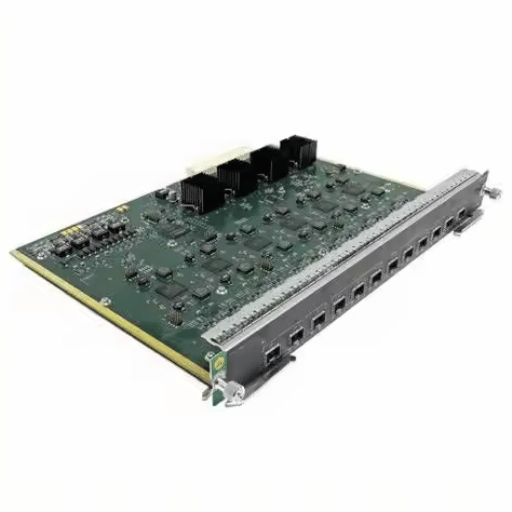
Cisco SFP-10G-ZR modules are tailored to optimize the reach and performance for high speed networks in data centers and enterprise-level applications. These modules are compatible with 10 Gigabit Ethernet and support a maximum transmission distance of up to 80 kilometers using single-mode fiber (SMF), which allows for long-range distances when connectivity is required. They fully comply with popular standards like IEEE 802.3ae and have wide-ranging robust interoperability with numerous Cisco switches and routers. Some key-features are the advanced digital optical monitoring (DOM) system which offers real time diagnostics of optical power and voltage, as well as temperature, ensuring operational dependability. The use of Cisco SFP-10G-ZR modules allows data centers to achieve reduced latency, optimized bandwidth usage, and enhanced seamless scalability, ensuring the performance in networking environments is optimally attained for high-demand situations.
Meeting the rigorous and demanding needs of today’s networking infrastructure, the Cisco SFP-10G-ZR modules provide high-performance connectivity over long distances. Below is a summary of the most notable technical characteristics and features:
Through data transmission, the system can output 10 gigabits per second of data.
The transmission distance can reach 80 kilometers with single-mode fiber.
The system can connect through Duplex LC connector.
An optical wavelength of 1550 nm can be achieved through the system.
In monitoring the optical digital parameters, the system is capable of:
Monitoring of Optical Transmittance Power Scales.
Monitoring Of Optical Receival Power Scales.
Calibration of Laser Burden Current.
Calibration of the Burden Current.
Monitoring of the Supply Voltage.
Monitoring of the Module Temperature.
The device is adaptable with other Cisco Routers and Supervisory Control and Data Acquisition (SCADA) devices that support SFP+ and SFP+10 interfaces.
The operating temperature can range from as low as 0℃ to 70℃ and also can be deployed to harsher surrounds.
It is 10GBASE-ZR longitudinal Ethernet compatible and OC-192 compatible, which allows the range to be monitored through SONET with no restrictions.
This set of specifications assures users that Cisco SFP-10G-ZR modules will work reliably and flexibly with enterprise-grade applications.
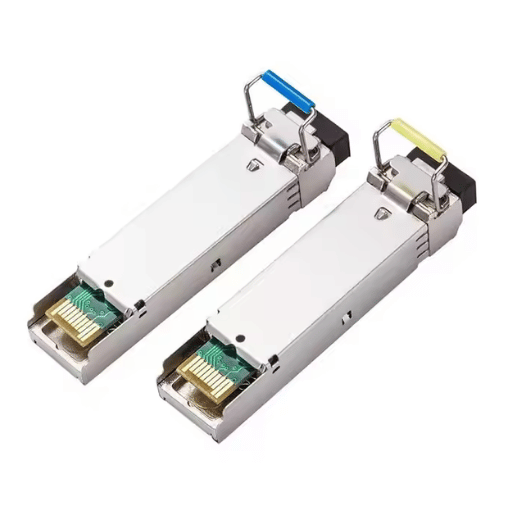
Conduct a visual inspection of the Cisco SFP Module before installing it, checking if it has any form of mechanical scratches, damage or dirt. Also ensure that the slot on the router or switch doesn’t have any dust or foreign materials which might hinder connectivity.
Avoiding dust or any foreign substances that might block the connection of the SFP module slot, match the module before placing it to any port. Carefully insert the module to a position where one can both touch and hear a click. Ensure that there is no too much force as excessive force can severely damage the device.
Prior to assembling the SFP module with your device, ensure that the device SFP module is compatible with your networking hardware. Reference the Device Data Sheet or SFP Compatibility Matrix from Cisco to check if the SFP module will work with the other devices seamlessly.
The components included in the SFP module are found to be extremely fragile. Touching them should be restrained solely to the side while avoiding the golden connector pins and ensure that these delicate parts are not sullied as these may affect the function.
Upon completion of the module installation, check the LED lights. These will show the proper operation. Network diagnostic devices can be used to check if there is proper data transfer via the SFP Module.
The optical connectors of the SFP module should be free from dust to guarantee that they sustain their high performance therefore the module’s optical connectors require to cleaned on a routinely basis with wipes that do not lint or other unique cleaning instruments.
Monitor module functionality within the suggested operating temperature limits (for example, -5°C to 85°C for the Cisco SFP-10G-ZR). Overheating beyond this threshold may lead to reduced productive capability, or in some cases, cause irreversible damage.
Continuously monitor modules for signs of performance erosion. Replace defective or non-operable components with minimal delay to minimize the risk of network outages.
Optimize module operations by regularly updating the hardware’s firmware. For new system integration, ensure that the most recent updates are installed. Visit the Cisco website for the latest available firmware and accompanying documentation.
Complying with the installation and maintenance recommendations helps users maximize the operational life and performance of the Cisco SFP modules within the network infrastructure.
Active management of Cisco SFP modules with frequent evolving requirements are necessary to ensure impeccable network service integrity and reliability. Module mismatch with the device, low-quality connections, and signal loss are common issues that arise. To resolve such issues, the SFP module should be set to compatible with the device’s model and firmware revision. Non-signed Cisco modules can lead to severe performance and reliability problems; genuine modules need to be used.
During troubleshooting, checking physical connections should be step one. Cables should be checked if they’re connected correctly and physically intact. If those measures do nothing, check port configurations, run diagnostic tests on the Cisco CLI, and check for faults. Continuous observation and the use of network management systems will aid in addressing problems before they affect vital business system processes.
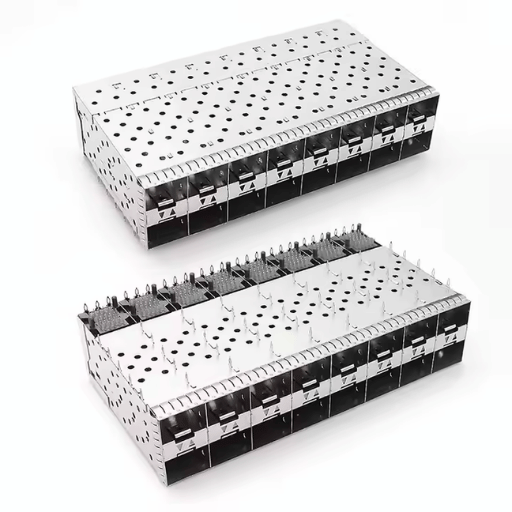
A: Cisco SFP, or Small Form-factor Pluggable, is the most compact and hot-swappable optical module used for both telecommunication and datacomms. It unlocks the power of optical transceiver modules by offering flexibility, scalability, and easier expansion for network devices connected over fiber-optic and copper cables.
A: SMF Single Mode Fiber and MMF Multi-Mode Fiber are two types of fiber cables used with Cisco SFP modules. SMF is suitable for long distance runs, transmitting signals over a single light path, whereas MMF is suited for shorter distances, transmitting signals over multiple light paths. Both types require transceivers that are certain to deliver dependability, efficiency, and performance.
A: The 1000BASE-SX SFP module is a fiber optic transceiver with short range MMF data transmission capability. It works very effectively for single mode fiber up to 300m and is often incorporated in gigabit interface converters used for local area network (LAN) applications.
A: Providing monitoring of real-time parameters and accounts for things like the optical output and input power, temperature, laser bias current, and transceiver supply voltage is DOM (Digital Optical Monitoring) in Cisco SFP Modules. DOM provides proactive maintenance and troubleshooting for the fiber links to make sure they are within appropriate limits which in turn enhances fiber link dependability and performance.
A: Cisco SFP modules connect to the network equipment using a transceiver through a fiber-optic cable known as a patch cord or patch cable. The patch cord provides reliable and standard connectivity by linking the transceiver to gigabit interfaces on switches and routers regardless of the link distance as well as meeting industry standards.
A: The 10GBASE-T module supports data transmission over twisted-pair cables. It is designed for use with copper cabling, therefore, supporting high data rates over shorter distances. In comparison, the SFP-10G-SR module is an optical transceiver designed for short-reach fiber-optic connections over MMF and is used for cost-sensitive high-density applications.
A: A compatible Cisco SFP module must consider the type of fiber cable (SMF or MMF), desired data rate (e.g. 1G, 10GbE), link lengths, and specific application. Other module requirements issued by the network device’s manufacturer must also be taken into account. In addition, examining the datasheet along with cited third-party products can ensure compatibility with other network devices.
A: An attenuator inline optique are used with Cisco SFP modules to {{optimize}} the power level of the optical signal because it must be decreased. In some situations, the signal that is transmitted is overly strong for the receiving device which is common to happen in single-mode fiber shorter distances. Use of an attenuator also improves signal quality in addition to distortion prevention for the fiber-optic link performance.
A: Along with these modular advantages, a gigabit interface converter like a Cisco SFP module also provides: hot swap capability, network flexibility, and support for numerous fiber and copper connections. These modules also provide simple network capacity additions which improve the network scalability alongside the overall network efficiency.